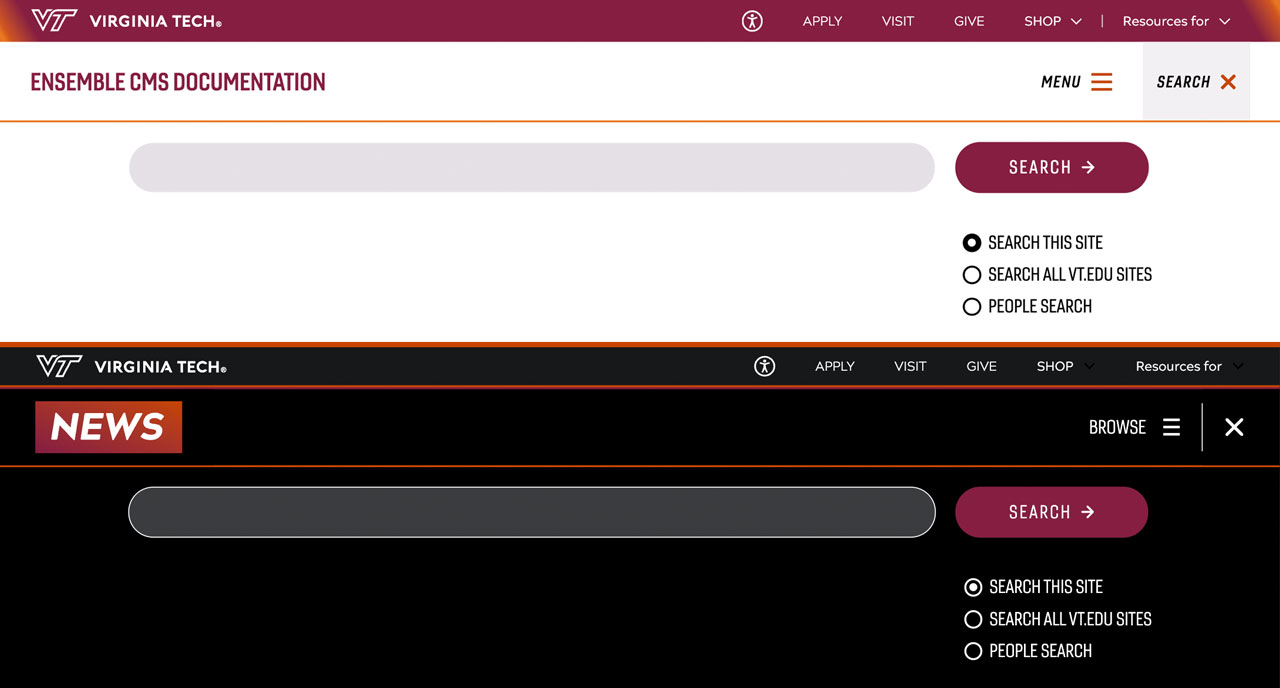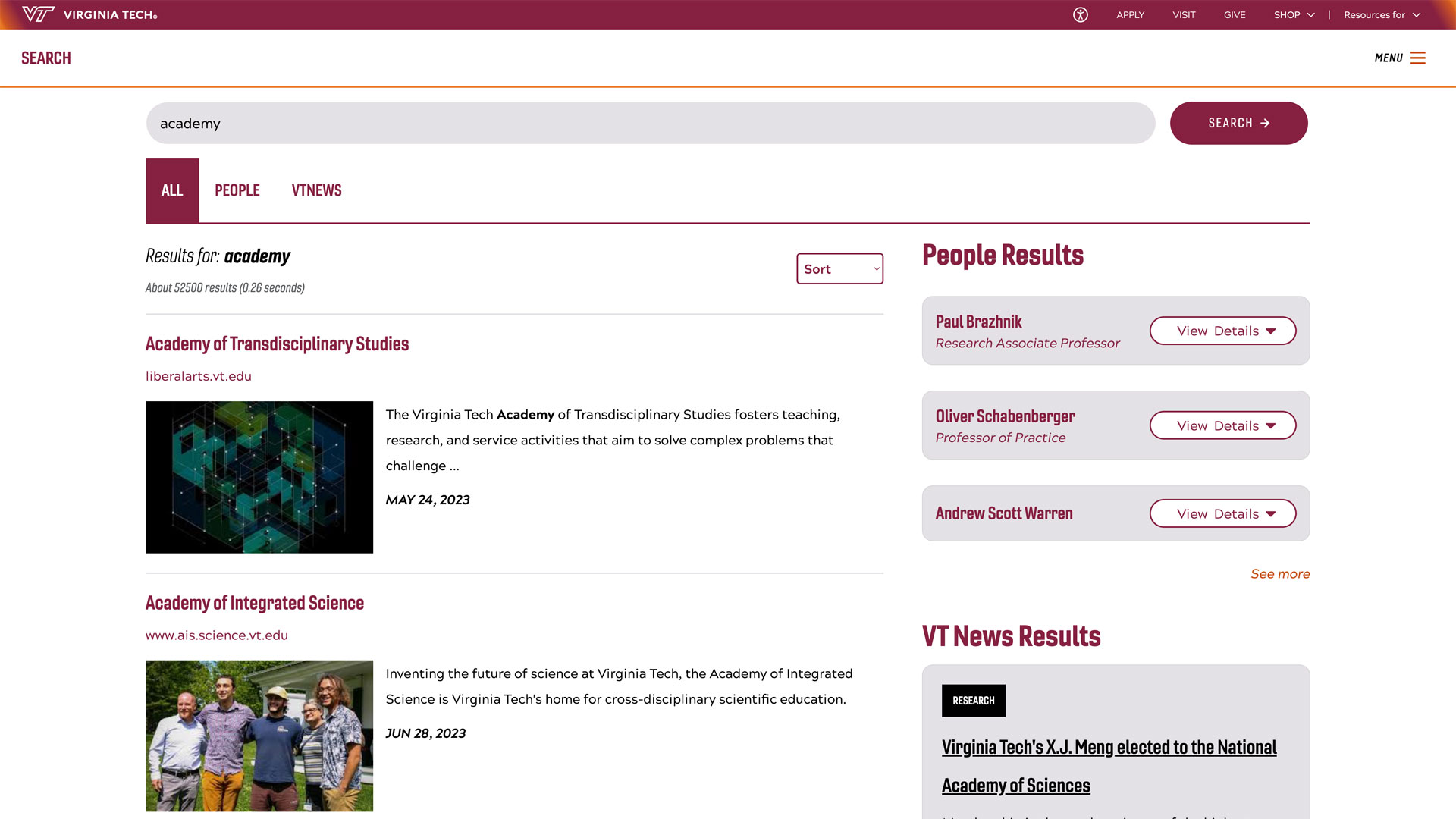Ph.D. student shares love of science with the next generation

Who remembers the elementary school egg drop challenge?
For a kid, participating in the classic physics-based experiment meant setting textbooks aside and getting up from your desk to design and build a custom vessel for your egg. The classroom was filled with excitement, creativity and teamwork – all leading up to the moment of truth when the craft plummeted to the ground.
Did the parachute deploy? Did the egg stay intact? What could have been done differently?
Connor Belt has fond memories of the egg drop challenge as well as STEM-based events like the fourth grade science fair. Currently a Ph.D. candidate at Virginia Tech studying aerospace engineering, he credits those early hands-on activities with sparking his interest in physics and scientific research.
A native of Portage, Indiana, Belt still has ties to the community and has paid attention to the recent changes in the elementary education system. To better meet the requirements of the state and boost proficiency on statewide growth assessments, Indiana schools have been making the shift to prioritize subjects like English and math in their classrooms.
“I have a very good friend who went into elementary education, and happens to work in the elementary school I grew up in,” said Belt. “It’s been kind of disappointing for me to hear that the education requirements have been slowly shifting away from science. I thought I could volunteer my time and bring some of these hands-on learning opportunities back to the students.”
Science on the road
Starting small, Belt spent part of his holiday break at Kyle Elementary in Portage Township Schools to lead a STEM based activity for a number of fourth-grade classrooms. He prepared a lesson focused on the scientific method, complete with visual demonstrations.
“I'm very much a visual learner, and I wanted to make sure I kept the students engaged,” said Belt. “The students then went out on their own to use the scientific method to operate a balloon-powered car.”
Belt explained how the students were tasked with adjusting different parameters on the car, such as wheel size, wheel thickness, and the size of the straw connecting to the balloon. Through changing the various parameters, they were able to record their results and determine which method was the most successful in launching their car the furthest.
“Quite a few of the students were very excited, which is really why I am doing this,” Belt said. “It's about finding what you love and getting excited about education.”
While he would like the opportunity to continue these STEM activities with the students, he realizes constraints on his time and the distance from home will be a challenge. His Ph.D. research keeps him quite busy during the semester.
At Virginia Tech, he studies under professor Todd Lowe. Belt’s research within Lowe’s group is focused on filtered Rayleigh scattering, which utilizes ultraviolet wavelengths and high powered lasers to obtain measurements of aerodynamic flows. The approach offers an optics based, non-intrusive method to gather measurements in gas flows for turbomachinery. It also presents opportunities to measure non-CO2 particulate emissions – contributing to industry wide efforts to understand and mitigate the environmental impact of those emissions.
“As a kid, I always had a hard time learning,” Belt said. “I discovered my interest in STEM early on, and was able to target my elective courses in middle and high school. If you don't get introduced to that at a young age, you may not know what opportunities exist.”




